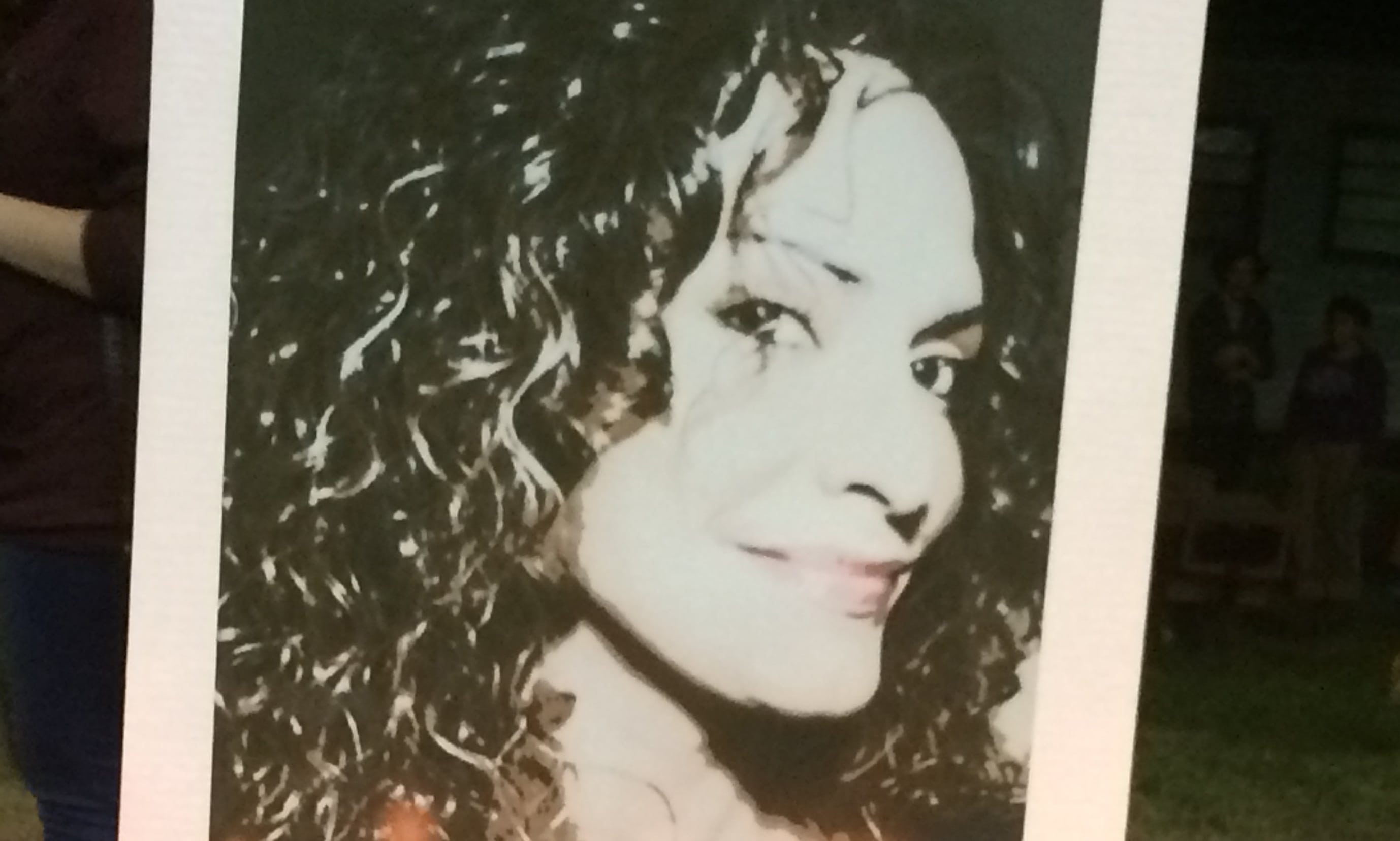Trend of Violence Targeting Trans Continues
Written by Maisha Barrett
Sadness. Anger. Grief. Earlier this year, these emotions were expressed when Monica Loera, a transgender woman of color was shot and killed in Austin on January 22. Monica’s death was accompanied by a sense of resignation, a feeling that the horrifying trend of trans women of color being murdered in the United States had found its way to our city.
In 2015, 23 transgender women were killed, the majority being women of color. Monica’s murder in Austin was the first known killing of a trans person in 2016. This trend has continued nationwide, with the most recent murder of a trans person taking place in late May. Most of these murders remain unsolved, while the victims are frequently misgendered in the media.
The Austin LGBTQIA community is bracing itself for a year that resembles last year.
Those of us working at the SAFE Alliance envision a just and safe community free from violence and abuse. We want to stop abuse for everyone, and doing so means we have to pay attention when people are vulnerable, victimized, re-victimized and silenced through intentional or unintentional means.
Unfortunately, as Monica Loera’s death reverberated through our community, it became clear she was all of these things.
She was vulnerable.
Transgender women of color are some of the most vulnerable members of society:
- The average life expectancy of a transgender woman is 30-35;
- 594 murdered LGBTQIA persons or persons believed to be LGBTQIA in 15 months
- Every 29 hours a trans woman is killed worldwide.
Transgender women of color have to navigate sexism, racism, and transphobia in their daily lives. Because of these vulnerabilities, the risk of being victimized is high, while the tendency to seek help is low. For example, 46% of respondents in the National Transgender Discrimination Surey reported being uncomfortable seeking police assistance.
Trans women of color also have learned to fear random hate crimes, not being believed by law enforcement, or being arrested for survival activities which may be illegal. To make matters worse, if a transgender person is arrested they risk not being housed by their gender identity while in policy custody, which puts them at high risk for sexual harassment or assault.
She was victimized.
With all of these factors in play, it is understandable why Monica opened her door to her killer, possibly to try to de-escalate the situation, rather than call for help while he pounded on her door.
She was re-victimized.
The media widely reported that Monica was engaged in sex work and that her killer was likely a client who came back. This could easily be construed as victim blaming, a rampant phenomenon in our culture. Victim blaming distances us from a victim and names the reasons why that same violence wouldn’t happen to us. Those who blame the victim in the way fail to consider factors that could have compelled Monica to engage in sex work: transgender people find themselves at higher rates of employment discrimination, especially when they lack the means to change their identification to reflect their gender identity. In Texas, legally changing your name and gender marker is a lengthy and costly process that many people simply cannot afford. This inability to represent yourself accurately as you identify in a legal capacity has serious ramifications: Monica’s sister spoke of her desire to go to school, and how she was denied that opportunity because of her gender identity.
Monica has also been misgendered more than once in the media since her death. Misgendering a person (using names and pronouns that do not reflect their gender identity) after their death is a form of re-victimization. Doing so while they are living is a form of emotional and psychological violence.
Monica deserved better.
Nobody deserves to have violence used against them. According to Monica’s sister, she was a happy person who just wanted to make the world a more beautiful place. We should all strive to do that in her memory.
SAFE & The LGBTQIA Community
At SAFE, we understand that members of the LGBTQIA community may be more at risk for violence but less likely to seek help or support after surviving violence. That’s why we created an LGBTQIA task force. Our goal is to make sure that everyone can access our services. We also seek community input about what the needs and barriers in the LGBTQIA community and how we can best serve the community. For more information about the task force, please contact Maisha Barrett at mbarrett@safeaustin.org.
Learn More
- Doubly Victimized: Reporting on Transgender Victims of Crime
- Trans Hate Violence Fact Sheet
- 2 Studies That Prove Domestic Violence Is an LGBT Issue